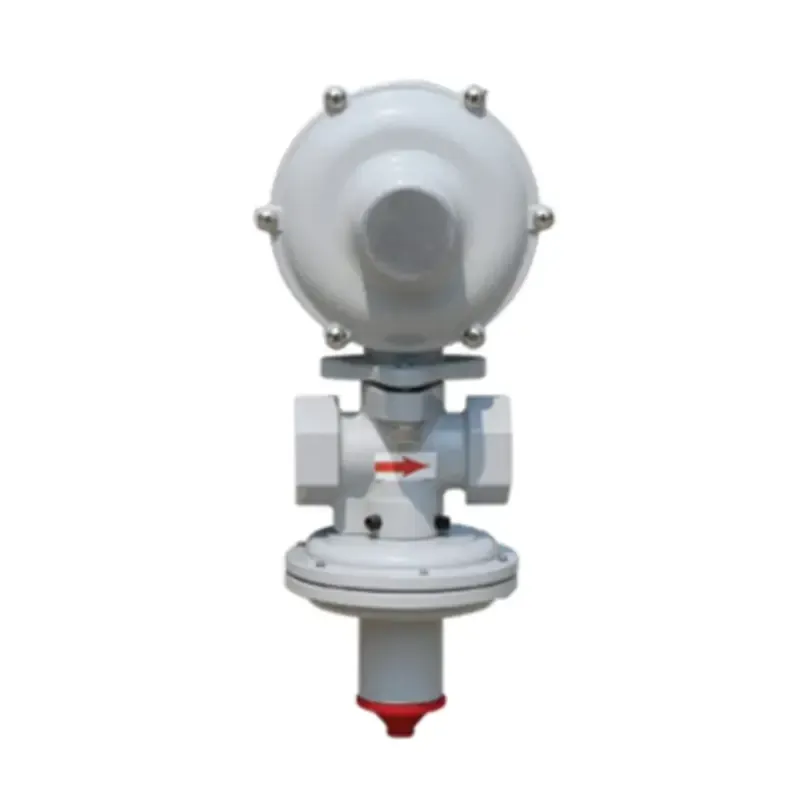
Nov . 07, 2024 18:41
Back to list
Equipment for Liquefied Petroleum Gas Supply and Management
The Significance of LPG Equipment in the Energy Industry
Liquefied Petroleum Gas (LPG) is a vital component of the global energy landscape, serving as an efficient and versatile fuel source for residential, commercial, and industrial applications. The equipment used in the handling, storage, and distribution of LPG plays a crucial role in ensuring safety, efficiency, and environmental compliance. This article delves into the significance of LPG equipment and its impact on the energy sector.
Understanding LPG
LPG is primarily composed of propane and butane, both of which are products of natural gas processing and crude oil refining. When cooled to a certain temperature, LPG becomes a liquid, which allows for its transportation and storage in a compact form. Upon reaching a standard temperature and pressure, it vaporizes and can be used in various applications ranging from cooking and heating to fueling vehicles and powering industrial processes.
Essential LPG Equipment
.
2. Transport Vehicles LPG is transported using specialized vehicles designed to maintain the gas in a liquid state. These vehicles are equipped with insulated tanks and safety measures to prevent leaks and accidents during transit. Choosing the right transport method is crucial for maintaining the integrity of the LPG and ensuring timely delivery to end users.
معدات غاز البترول المسال

3. Regulators and Valves Regulators are essential for controlling the pressure of LPG as it moves from storage to the end-users. They ensure that the gas is delivered at a consistent and safe pressure, preventing potential hazards such as explosions or gas leaks. Valves, on the other hand, are used to control the flow of LPG within the system, enabling effective management of gas delivery and maintenance operations.
4. Pipes and Hoses The transfer of LPG from tanks to appliances requires a network of durable pipes and hoses designed to handle the pressure and corrosive nature of the gas. These components must meet rigorous industry standards to prevent leaks, which could lead to dangerous situations or environmental pollution.
5. Safety Equipment Given the flammable nature of LPG, safety equipment is paramount in any LPG system. This includes fire extinguishers, emergency shut-off valves, and leak detection systems. Regular safety training for personnel handling LPG equipment is essential to mitigate risks associated with handling volatile substances.
The Role of Technology and Innovation
Advancements in technology have led to the development of more efficient and safer LPG equipment. Innovations such as digital monitoring systems allow for real-time tracking of pressure levels, gas usage, and potential leaks, enhancing safety and operational efficiency. Furthermore, the integration of smart technology with LPG systems facilitates better management practices, leading to reduced waste and improved sustainability.
Conclusion
In conclusion, LPG plays an indispensable role in meeting the world’s energy demands, and the equipment associated with its handling is equally essential. From storage and transportation to safety measures, each component of the LPG system contributes to a reliable, efficient, and safe energy supply chain. With ongoing technological innovations and adherence to safety standards, the LPG industry continues to advance, ensuring that it meets both current and future energy needs sustainably and responsibly. As we move towards a more energy-efficient future, the importance of LPG equipment will only increase, highlighting the need for continued investment in this critical sector.
Latest news
-
Safety Valve Spring-Loaded Design Overpressure ProtectionNewsJul.25,2025
-
Precision Voltage Regulator AC5 Accuracy Grade PerformanceNewsJul.25,2025
-
Natural Gas Pressure Regulating Skid Industrial Pipeline ApplicationsNewsJul.25,2025
-
Natural Gas Filter Stainless Steel Mesh Element DesignNewsJul.25,2025
-
Gas Pressure Regulator Valve Direct-Acting Spring-Loaded DesignNewsJul.25,2025
-
Decompression Equipment Multi-Stage Heat Exchange System DesignNewsJul.25,2025

